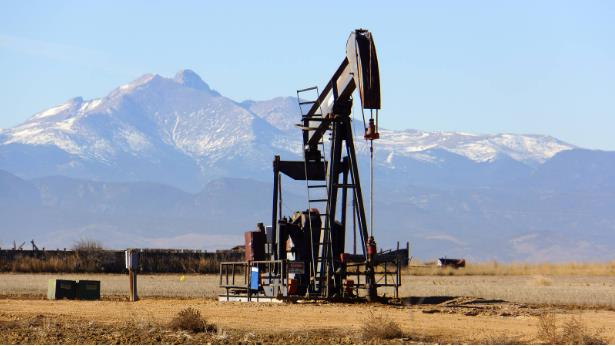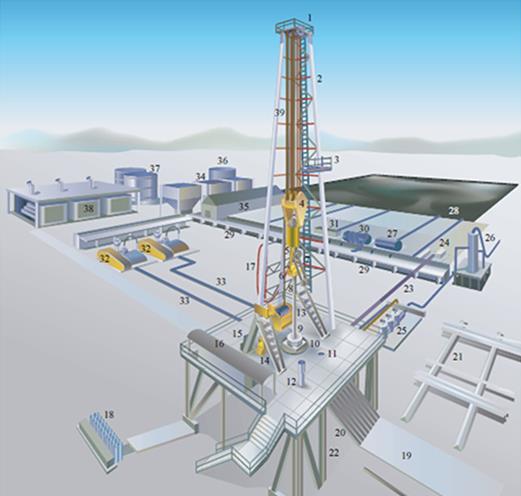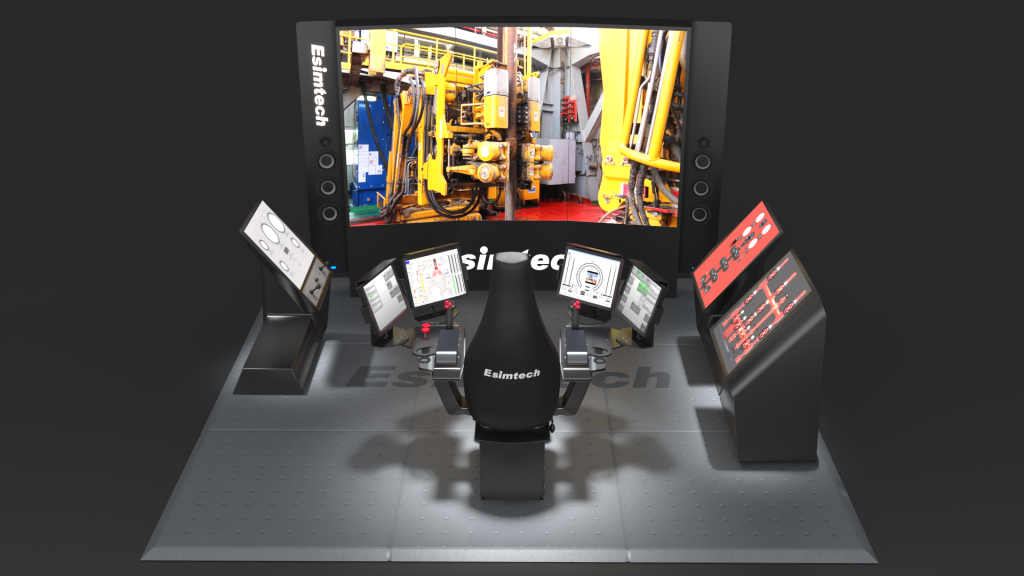Simulation-driven Drilling System Optimization: Revolutionizing Drilling Operations
Body
The global energy landscape relies heavily on the oil and gas industry, with drilling standing as a pivotal process in extracting hydrocarbon resources from beneath the Earth’s surface. In the pursuit of increased operational efficiency, cost reduction, and minimized environmental impact, the industry has turned to advanced technology. This article explores the transformative impact of simulation-driven drilling system optimization on the oil and gas sector.

Unpacking Drilling System Optimization:
Drilling operations are complex endeavors, involving numerous parameters such as drill bit type, rotational speed, mud properties, and downhole conditions. Traditionally, the trial-and-error approach to finding the optimal combination of these parameters has been both time-consuming and costly. Drilling system optimization addresses this challenge by strategically adjusting various factors to achieve the best outcomes during operations.
This process goes beyond mere speed; it considers drilling efficiency, equipment longevity, energy consumption, and environmental impact. Simulation tools have become instrumental in this optimization journey, allowing engineers to create virtual models of drilling systems, test scenarios, and identify optimal configurations before real-world execution.

Crucial Aspects of Drilling System Optimization:
Drilling Rate and Bit Life:
Optimization aims to maximize the drilling rate while preserving the drill bit's longevity. Simulations help identify the optimal combination of parameters for higher penetration rates without excessive wear.
Energy Efficiency:
Simulations analyze energy requirements, aiding in minimizing consumption while maintaining productivity—a significant cost factor in drilling operations.
Hole Cleaning and Cuttings Transport:Effective hole cleaning is essential for efficient drilling. Simulations model drilling fluid flow, optimizing fluid properties and flow rates for proper cuttings transport.
Wellbore Stability:
Predicting wellbore stability issues is crucial. Simulations anticipate potential problems, enabling proactive measures to ensure wellbore integrity and prevent collapse.
Cost Estimation:
Simulations provide accurate cost estimations based on different scenarios, aiding operators in making informed decisions aligned with budget constraints.
Simulation as the Driving Force for Optimization:
Modern drilling operations are characterized by complexity, with intricate technologies and interdependent factors shaping project outcomes. Simulation technology addresses these challenges by constructing detailed digital models mirroring real-world conditions. These models encompass a wide array of parameters, offering a comprehensive overview for meticulous analysis and informed decision-making.
Simulation tools eliminate the need for exhaustive physical trials, allowing engineers to experiment with scenarios systematically. This conserves time and resources, and as simulation tools advance, the potential for enhancing drilling operations and achieving unparalleled efficiency and cost-effectiveness expands.
Benefits of Simulation-Driven Optimization:
Enhanced Efficiency:
Optimized drilling systems achieve higher penetration rates, reducing the time required to reach target depths—particularly valuable in remote or challenging locations.
Extended Tool Life:
Real-time data from drilling simulators enables precise adjustments, reducing wear on drill bits and equipment, leading to longer tool life and reduced replacement costs.

Minimized Downtime:
Optimization reduces unplanned downtime by preventing issues such as stuck pipes, wellbore instability, or drilling fluid problems.
Safety Improvement:
Well-designed drilling systems with optimized parameters inherently minimize risks associated with high-pressure blowouts, equipment failures, and other operational hazards.
Cost Savings:
Optimization directly contributes to cost savings by reducing operational expenditures, optimizing resource utilization, and minimizing costly failures.
Challenges and Considerations:
While simulation-driven optimization offers numerous benefits, challenges include model accuracy, data integration, and model validation against real-world data. Ensuring accurate representation of real-world conditions is crucial for reliable results.
Conclusion:
Simulation techniques are reshaping drilling operations by creating virtual environments that closely replicate real-world conditions. The integration of innovation and optimization paves the way for a more efficient, sustainable, and productive drilling landscape. As technology advances, simulation-driven drilling system optimization is set to become even more integral in shaping the future of drilling operations across industries.










Comments